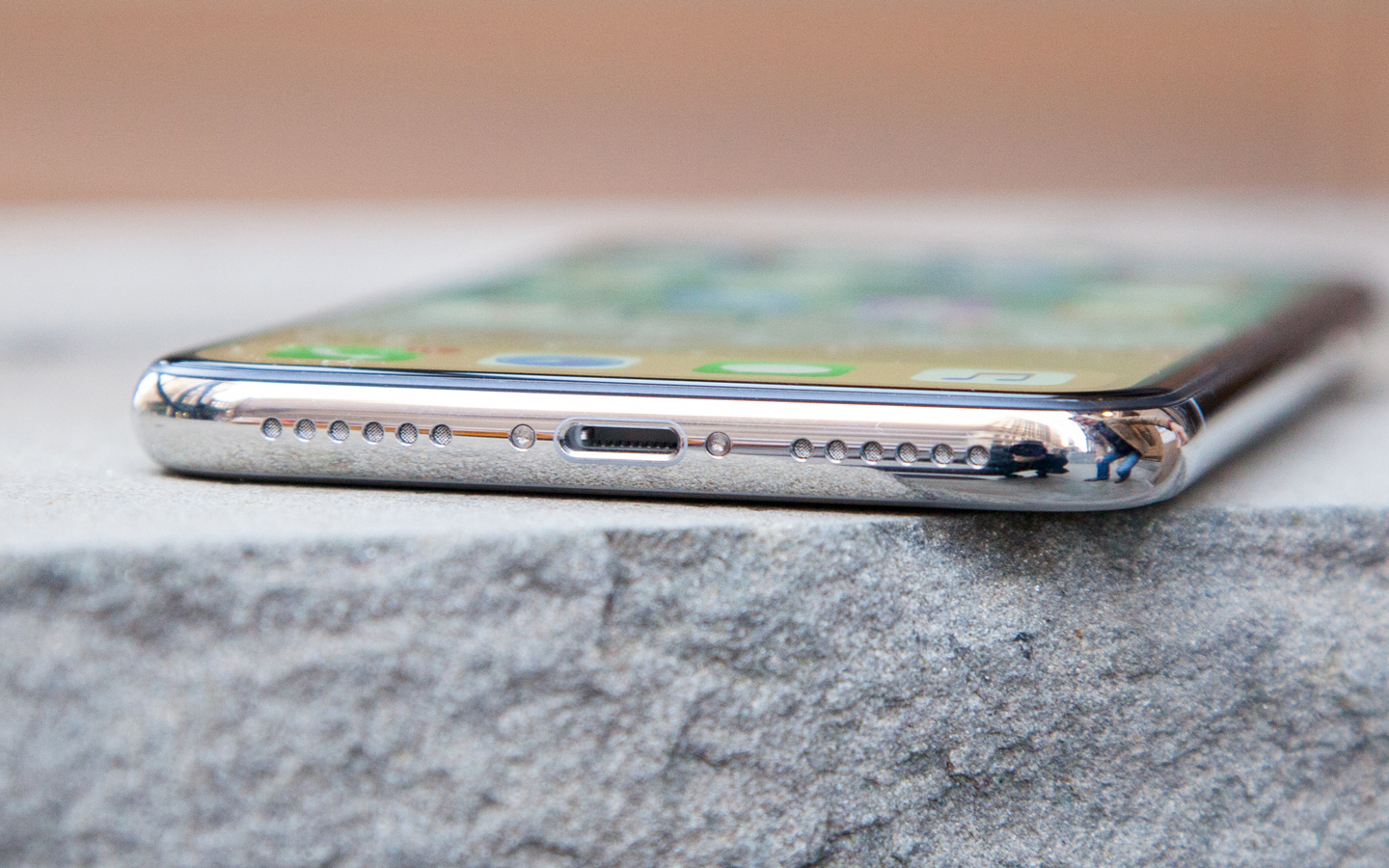Battery Throttling Comes to iPhone X in iOS 12.1, But Don’t Be Alarmed
Apple has brought its battery management software to iPhone X, 8 and 8 Plus models. Here's why it's not s bad as you think.
Earlier in the year, iPhone owners were outraged to learn that Apple had been throttling iPhone performance to preserve the health and continued use of batteries that had degraded to a certain point.iOS 11.3, released back in March, introduced a new Settings page that allowed users to monitor the state of their device's battery and decide whether to prioritize peak performance or battery life.

Well, the iPhone X, 8 and 8 Plus have now been on the market for more than a year, which means some units have just begun to fall within the window where their batteries may not run as well as they used to. To counteract that, Apple has announced that iOS 12.1 introduces the same battery management behavior on those models to turn down the clock speed of the CPU to prevent random reboots and other battery failure-related issues.
Just like on older iPhone models, users who aren't as concerned about battery life can opt to switch this setting off through the same Battery Health menu that was launched for other phones in iOS 11.3. However, if the introduction of battery management on your year-old iPhone concerns you, don't pick up the pitchfork just yet.
According to Apple's Battery and Performance information page, "performance management may be less noticeable" on iPhone X and 8 series handsets "due to their more advanced hardware and software design." In other words, it seems like newer models will run closer to peak performance even after their batteries have degraded. Or, perhaps, they're so much faster that throttling wouldn't be as obvious anyway.
MORE: 10 Tips to Boost Your iPhone's Battery Life
Additionally, while Apple has released this functionality for iPhones introduced in 2017, chances are that batteries in those models haven't degraded past the 80 percent threshold — when performance throttling begins automatically — in just a year. For reference, this May, I replaced the battery in my iPhone 7, which I bought in December 2016, and it was still sitting at 87 percent capacity. Of course, it's possible some power users have consumed 20 percent over the past 12 months, but that likely isn't the case for most people.
So no throttling is really happening yet, and when it does, Apple says the effect won't be as detrimental to your phone's everyday use. And although Apple rightfully came under fire for not disclosing what it was doing to customers' devices without their knowledge, there is a reason for the functionality. After all, would you rather have a phone that runs all day but a little slower, or a phone that hits top speed but dies at a 50 percent charge?
Sign up to get the BEST of Tom's Guide direct to your inbox.
Get instant access to breaking news, the hottest reviews, great deals and helpful tips.
Adam Ismail is a staff writer at Jalopnik and previously worked on Tom's Guide covering smartphones, car tech and gaming. His love for all things mobile began with the original Motorola Droid; since then he’s owned a variety of Android and iOS-powered handsets, refusing to stay loyal to one platform. His work has also appeared on Digital Trends and GTPlanet. When he’s not fiddling with the latest devices, he’s at an indie pop show, recording a podcast or playing Sega Dreamcast.
